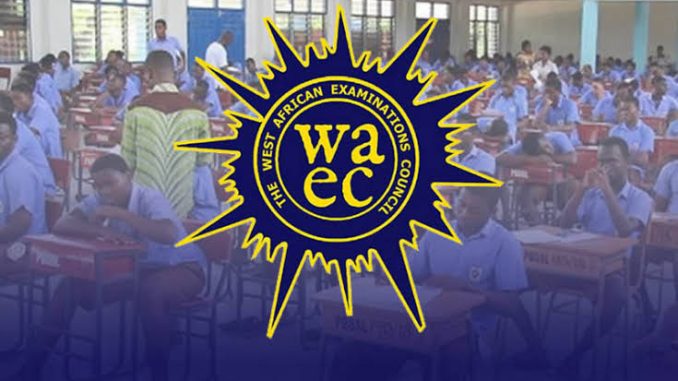
IF YOU NEED THE ANSWER ON WHATSAPP IS AVAILABLE, IT COST #500… ADD US ON WHATSAPP WITH => 09054348225
FINANCIAL ACCOUNTING- OBJECTIVE
01-10 CCCDABBBA
11-20 ABDCBADDAC
21-30 DBB##BACAD
31-40 DDCDCDACBC
41-50 ABCDCBCDCB
FINANCIAL ACCOUNTING
(1a)
(PICK ANY THREE)
(i) Purchase of goods for resale
(ii) Receiving goods as a gift or donation
(iii) Return of goods purchased from suppliers
(iv) Transfer of goods from one location to another within the company
(v) Manufacturing or producing goods
(iv) Conversion of raw materials into finished goods
(1b)
Goodwill is an intangible asset that represents the reputation, customer loyalty, and brand value of a business. It is an asset that is not easily measurable or physically quantifiable but can have a significant impact on the value and success of a business. Goodwill is associated with qualities such as trust, customer satisfaction, and positive relationships with stakeholders.
(1c)
(i) Water charges paid: Utility bill or receipt from the water company
(ii) Credit sales: Sales invoice or sales receipt
(iii) Credit purchases: Purchase invoice or purchase receipt
(iv) Wages: Payroll record or wage slip
(V) Cash payment: Cash receipt or payment voucher
(vi) Electricity owed: Utility bill or invoice from the electricity provider
(vii) Returns by customers: Sales return slip or return receipt
(viii) Returns to suppliers: Purchase return slip or return receipt
(ix) Cheque deposit: Deposit slip or bank statement
(x) Dishonoured cheque: Bank statement or notification from the bank indicating the dishonored cheque.
============================
(2a)
The manufacturing account is a financial statement that shows the cost of producing goods in a manufacturing company. It includes direct materials, direct labor, and factory overhead expenses.
(2b)
(i) Direct materials: These are the raw materials or components used in the production process.
(ii) Direct labor: This refers to the wages or salaries paid to the workers directly involved in the manufacturing process.
(iii) Direct expenses: These are other costs directly associated with the production, such as fuel or specific tools.
(2c)
(i) Prime cost: It refers to the total cost of direct materials, direct labor, and direct expenses. It represents the main components of the production cost.
(ii) Factory overhead: Also known as indirect costs, factory overhead includes all the expenses incurred in the production process that are not directly attributable to specific units. It includes costs like rent, utilities, depreciation, and maintenance.
(iii) Work-in-progress: Work-in-progress (WIP) refers to goods that are in the process of being manufactured but are not yet finished. It represents the value of partially completed products at a specific point in time.
(iv) Finished goods: Finished goods are the completed products that are ready for sale to customers. They have gone through the entire manufacturing process and are in their final form.
(v) Market value of goods produced: The market value of goods produced refers to the estimated selling price of the finished goods at the time they are produced. It represents the value of the goods based on market demand and other factors.
==============================
(3a)
Bad debt refers to money that is owed to a company or individual but is unlikely to be paid back. It’s basically a debt that becomes uncollectible.
(3b)
(i) When the debtor declares bankruptcy and has no assets to repay the debt.
(ii) When the debtor is untraceable or cannot be contacted.
(iii) When the debt is too small to pursue legally or the cost of recovery outweighs the debt.
(iv) When the debtor has passed away and there are no assets to settle the debt.
(v) When the debtor refuses to pay and there is no legal recourse available.
(3c)
(i) Bad debts are specific debts that have been identified as uncollectible, while provision for doubtful debts is an estimated amount set aside to cover potential bad debts.
(ii) Bad debts are written off when they are deemed uncollectible, while provision for doubtful debts remains as a reserve on the balance sheet.
(iii) Bad debts directly impact the profit and loss statement, reducing the company’s net income, while provision for doubtful debts affects the balance sheet by reducing the accounts receivable balance.
(iv) Bad debts are recognized after attempts to collect the debt have been made, while provision for doubtful debts is recognized as a precautionary measure before any specific debts are identified as uncollectible.
===============================
(4a)
( Pick Any Three )
(i) The liability of the owners is limited to their investment in the company.
(ii) The company is a legal entity; as a result, it can sue and be sued.
(iii) The affairs of the company is managed by Board of Directors as ownership is separated from management.
(iv) In case of liquidation, the company’s assets will be used to settle debts.
(v) The company’s authorized capital is divided into shares.
(vi) The affairs of the company are governed by memorandum and article of association, formation or incorporation.
(vii) Dividend is based on the number of shares owned/Return on investment is called dividend.
(viii) The shares are quoted on the stock exchange in case of Public Limited Company while the shares are not quoted in case of Private Limited Company.
(4b)
( Pick Any Three )
(i) Companies have limited liability, whereas partners in a partnership have unlimited liability.
(ii) Companies can raise capital by issuing shares, whereas partnerships cannot.
(iii) Companies can sell shares to the public, whereas partnerships cannot.
(iv) Companies are subject to more regulation than partnerships.
(v) Companies have a more complex structure than partnerships.
(4c)
( Pick Any Three )
(i) Voting power
(ii) Ownership
(iii) The right to transfer ownership,
(iv) A claim to dividends,
(v) The right to inspect corporate documents
(vi) The right to sue for wrongful acts.
=============================
SECTION B
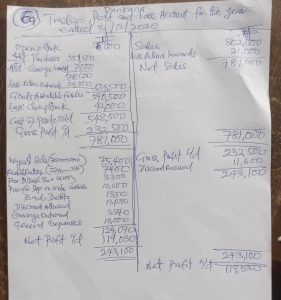
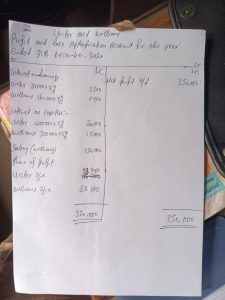
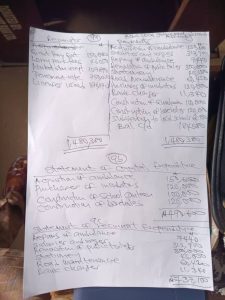
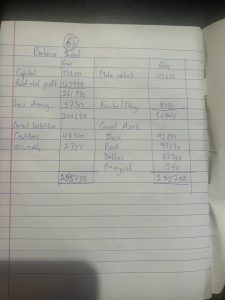
(1) ATTENTION :- PLEASE DONT COME HERE FOR FREE ANSWER… BE WARNED
(2) ATTENTION:- YOU ARE ADVISE TO SEND YOUR SUBSCRIPTION DETAILS ON WHATSAPP… ADD US ON WHATSAPP WITH => 09054348225
SUBSCRIPTION PRICE
== Direct SMS: #1000 MTN CARD
Direct SMS MEANS all answers (theory & obj) will come direct to your phone as SMS.
== WhatsApp:: #500 MTN CARD
WhatsApp MEANS all answers (theory & obj) will be sent to you on whatsapp.
== Online PIN:: #500 MTN CARD
Online PIN MEANS The Pin to access our answers online via https://wakagist.com/answers will be sent to u at least 2hours before the exam to access our answers
CLICK HERE TO ENTER YOUR PASSWORD GIVEN TO YOU
Send The Following details:-
(i) MTN CARD Pin(s)
(ii) Your Name
(iii) Subject
(iv) Phone number
===> 09054348225 via sms
NOTE:- All SMS Sent To The Above Number Are Attended To, Our Phone Number Might Be Diverted To Avoid Distraction. Always Send Us SMS Of Your Complaint Even When Our Number Is Not Available, Your Message(s) Will Get To Us And We Will Reply You ASAP.



Leave a Reply